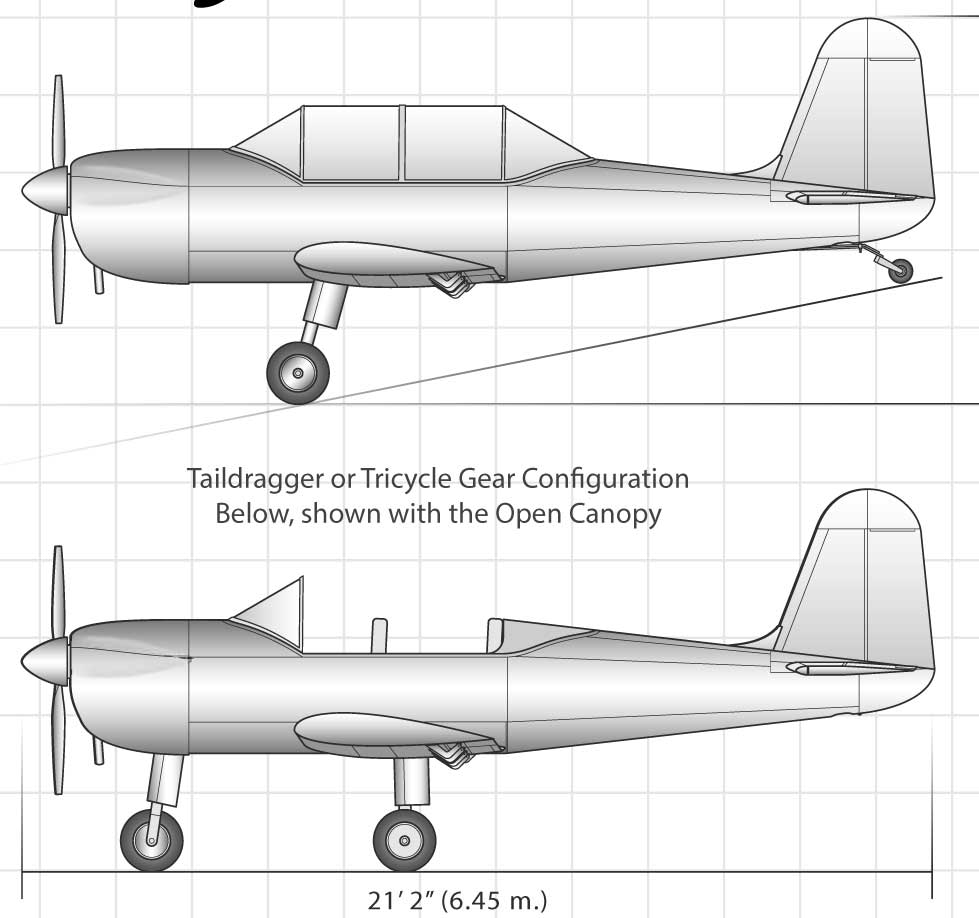Zenith Aircraft will introduce the thoroughly revised SAM-EX aircraft at EAA AirVenture Oshkosh next week. Key new features include revised cockpit, tailwheel landing gear and a 180hp Lycoming engine.
The SAM-EX is based on the prototype SAM Aircraft introduced in 2012 by Thierry Zibi. Zenith bought the company last year and has reworked the aircraft.
The new SAM-EX will be powered by a 180hp Lycoming O-360. It has an increased gross weight of 1,800lb (816kg) and a useful load of 650lb (295kg). It can carry up to 36 US gallons (136 litres) of fuel, and can operate in the utility category. Cruise speed is 140 to 150mph depending on engine size and installed propeller, with stall speed of 50mph.
The SAM-EX is an all-metal low-wing tandem two-seat aircraft “that captures the lines of the legendary trainers of the 1930s-1950s,” said Zenith. The revamped cabin offers more comfortable seating, wider shoulder width (26 inches (66cm) in the canopy and more than 31 inches (79cm) wide inside the roomy fuselage) and a wrap-around canopy.
Zenith’s demonstrator aircraft is equipped with a Dynon Skyview glass panel display and a central stick with left-side throttle quadrant.

No photos of the new SAM-EX have been released yet – just these sketches. Top: the original SAM aircraft. [Images: Zenith Aircraft, FLYER]
The SAM-EX will be offered as a complete kit requiring less than 600 hours to assemble. SAM-EX kits are being prepared for delivery following EAA AirVenture 2016. Tricycle gear configuration is an option if preferred. Engine choices in addition to the 180hp Lycoming on the demo aircraft include 150-200hp Lycoming or Continental traditional aircraft engines, or Rotax, UL Power, Jabiru, and the radial Rotec R2800 or R3600.
The SAM-EX is the result of a detailed survey by Zenith.
“First, we were surprised by the sheer number of responses to the survey, and secondly, to the quality of these responses,” said Sebastien Heintz, president of Zenith Aircraft Company.
“While the original SAM Aircraft was developed by Mr Zibi as a light-sport aircraft, several different configurations are being developed and engineered. We continue to see interest in an LSA model for sport pilots, [but] the preference for a higher gross weight reflects the desire for added utility.”
A flight-test of the original SAM appeared in the Summer 2014 issue ofFLYER.
SAM Aircraft













